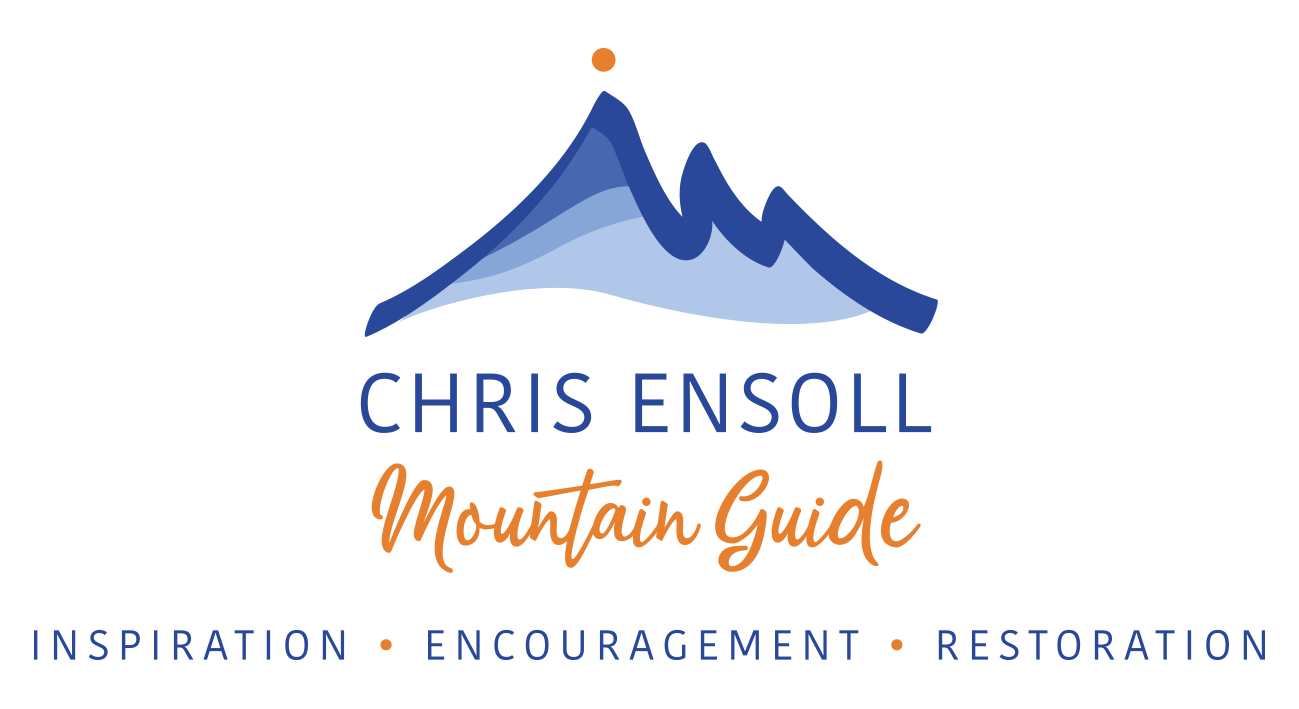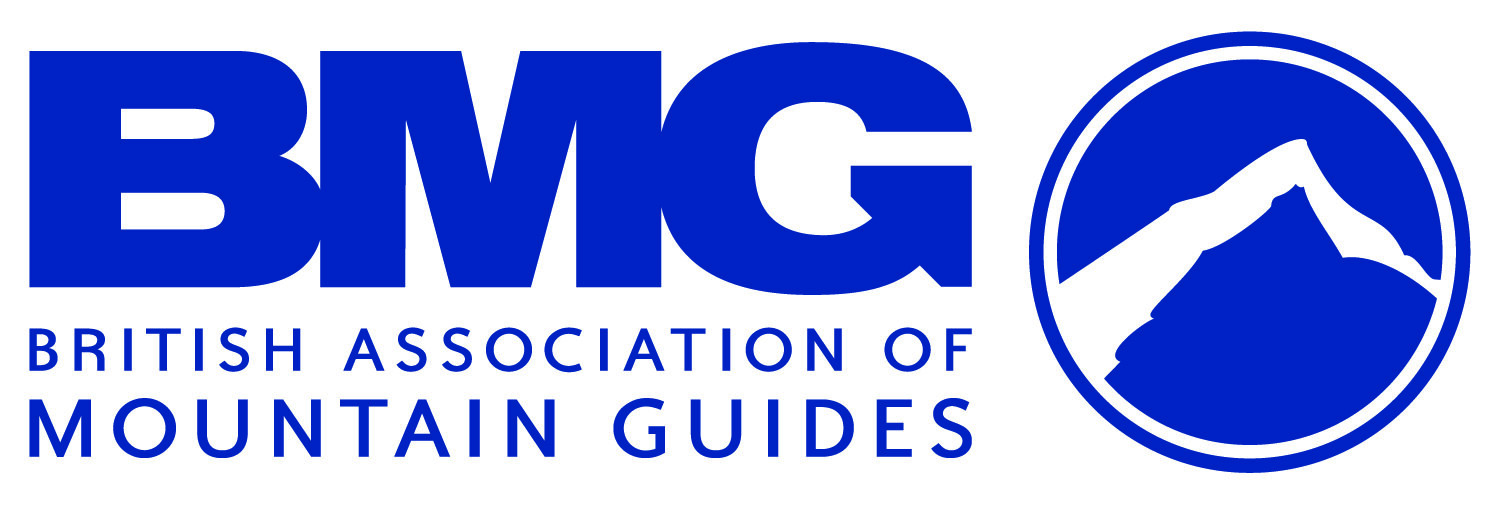Why You Need To Invest Time In Learning To Walk
/WRITTEN by CHRIS & ANNE ENSOLL
Walking for most people is an unconscious competence – we do it without any thought. It is almost as automatic as breathing, so why does it need to be taught? Can’t any able-bodied person walk without thinking about it? Well, yes, but moving effectively over uneven ground is far from automatic, particularly when there is any danger, real or perceived. Many walkers don’t understand what it is that helps them to move effectively, so when something goes wrong they don’t have the tools to sort out the problem.
A quick scan of the report page on the Langdale Ambleside Mountain Rescue Team website shows that a good proportion of their mountain call-outs are to walkers who have a lower leg injury sustained by slipping. So what should you be aiming for when walking? Think African women carrying heavy water jars on their heads – fluid dynamic movement, strong core, heel-ball-toe, slightly bent knees, upright body. That is the posture that gives the most efficient and stable walking style. It can be summed up like this:
STRAIGHT AND STRONG, FLUID AND DYNAMIC
All our Mountain Leader courses include personal movement coaching and how coach others. Here’s some feedback from one of our candidates:
Just wanted to let you know how grateful I am for planting the seeds of how to walk and move better particularly on broken ground on ML training and assessment. This week I've been working a group of mainly older retired people (one was 84!) who wanted to go up Scafell via Lord's Rake, a trip very very much on the top end of most people's confidence. Being able to model good movement on previous days and then coach them on how to move around on scree and broken ground turned what could of been an ordeal of a day for some into a challenging but enjoyable and rewarding one. Made me realise how grateful I am for someone showing me that and how cool it is when it goes full circle and I can pass it on so thank you!
Beth Wallis
The following videos give you all the basics of walking well.
1 The basic concepts
2 What we do when we walk
3 Walking uphill
4 Getting up a big step
5 Walking downhill
6 Getting down a big step
7 Dynamic boulder hopping
What’s next?
We run Movement Masterclasses which cover all this content and more, and which give lots of opportunities for 1:1 coaching and feedback.
It became clear that when the ground got steeper or more difficult or where the consequences of falling were more serious, I unconsciously changed my stance, posture and technique for the worse and unwittingly made life much more difficult for myself. Chris introduced various concepts such as dynamic balance which made it much easier to travel over steeper ground more quickly, using less energy and with a lower likelihood of slipping. For the descent, most importantly for me, we looked at how to reduce stress on the knees. I have been a DofE Leader for nearly 10 years and I think this CPD day was very useful not only for me as an individual but for anyone who wants to pass on a love of walking and scrambling in the hills to others. I now have a lot to work on and I only wish the course had been longer than just one day.
Nigel Sharma
Check out the online calendar for course dates. We’re looking forward to seeing you!




